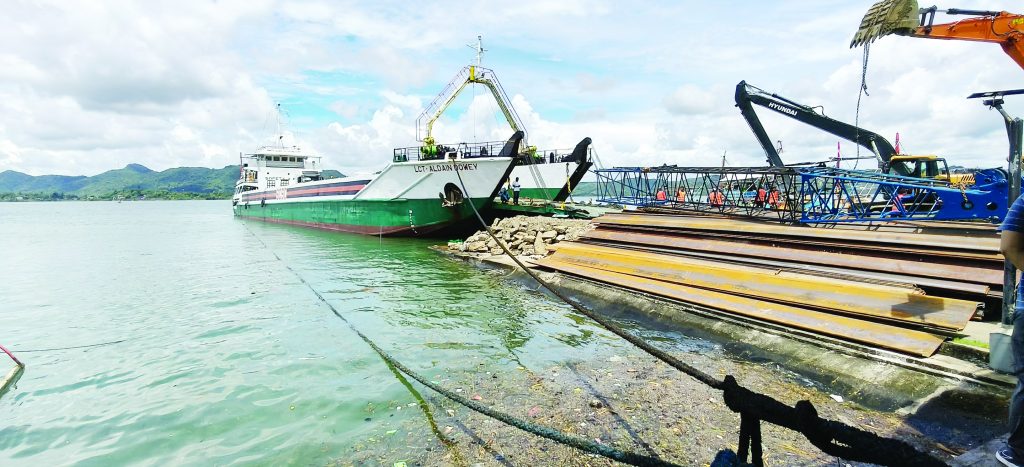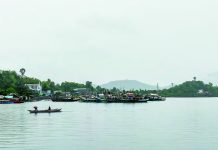Due to San Juanico Bridge load limit

TACLOBAN CITY – The city government of Tacloban and the provincial government of Eastern Samar have declared separate states of emergency in response to the severe economic and logistical impacts caused by load restrictions on the San Juanico Bridge.
The 2.16-kilometer bridge, which links Leyte and Samar, was partially closed on May 14 after the Department of Public Works and Highways (DPWH) discovered structural defects on the 52-year-old infrastructure. The load limit has since disrupted the movement of heavy vehicles and vital supplies between the islands.
Prior to Tacloban and Eastern Samar’s declarations, the province of Samar had already declared a state of emergency on May 20 due to similar concerns.
In Tacloban, Mayor Alfred Romualdez warned that the bridge restrictions could seriously undermine the city’s economy, especially given its heavy dependence on the flow of goods via San Juanico.
“The limitation will have a stifling effect on economic activity in the city of Tacloban, including the supply of food and services,” Romualdez stated in a letter to the city council on Monday, May 26.
The council responded by passing a resolution declaring a state of emergency during its regular session on Thursday, May 29.
In an earlier interview, Romualdez said the declaration aims to expedite rehabilitation efforts for the San Juanico Bridge, as well as repairs to the Amandayehan Port in Basey, Samar. The port has been identified as a temporary hub for vehicles weighing over three tons en route to Tacloban.
“This declaration will be used as a vehicle to fast-track the actions of our national government in addressing the San Juanico Bridge problem,” the mayor said.
Meanwhile, the Sangguniang Panlalawigan of Eastern Samar also placed the entire province under a state of emergency on Friday, May 30, following a resolution passed by the Provincial Disaster Risk Reduction and Management Council (PDRRMC) chaired by Governor Ben Evardone on Wednesday, May 28.
Evardone said the province is already feeling the effects of the bridge’s partial closure, with fuel and essential goods in short supply and prices rising sharply.
“We have received reports of price increases in various consumer products and construction materials from Tacloban. The big three oil companies—Petron, Caltex, and Shell—currently have no fuel supply in the province. Even agricultural products from Leyte, Mindanao, and other Visayas areas have seen significant price hikes,” Evardone said in a Viber interview on Thursday, May 29.
He added that the provincial government is pushing for transport subsidies, especially for roll-on/roll-off (RORO) services, to ease rising logistics costs. They are also appealing for direct RORO trips to Eastern Samar to help stabilize the flow of goods.
“We fear the situation will worsen if no urgent measures are taken. Declaring a state of emergency allows all government agencies to respond swiftly to this crisis,” he stressed.
Samar Governor Sharee Ann Tan, in a separate interview, said the declarations would help accelerate national government interventions, especially by the DPWH and the Department of Transportation (DOTr).
“The state of emergency allows agencies to act immediately—bypassing the usual procurement procedures—for the rehabilitation of the San Juanico Bridge,” Tan said.
She emphasized that Samar is among the most affected provinces, as much of its fuel and other essential supplies come from Tacloban City in Leyte.
“It’s not only the business sector that’s suffering; even the delivery of basic needs is being affected,” she added.
JOEY A. GABIETA



